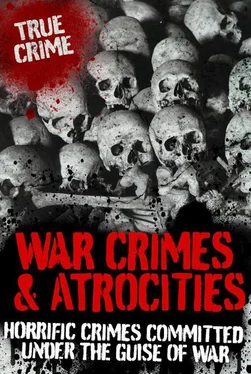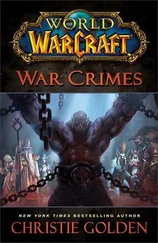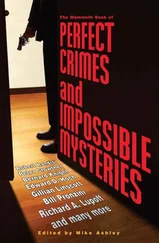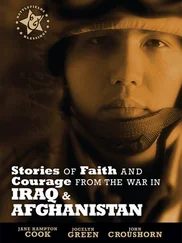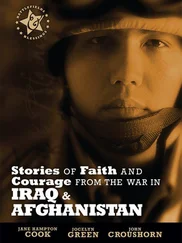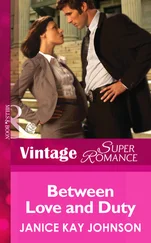THE FIRST BOMB IS DROPPED
Wanting to have the ultimate possible effect on Japan, the USA prepared to release their nuclear weapons, knowing full well the unimaginable power of the atom bomb. The target, Hiroshima, was a city of appreciable industrial and military significance, with military camps located nearby. On 6 August, 1945, people turned their eyes towards the skies above Hiroshima as they heard the drone of a B-29 bomber flying across an almost cloudless sky. As there were only three planes visible that day, the Japanese did not consider them to be a significant threat and decided to conserve their fuel and munitions for use against more serious threats.
For anyone who didn’t hear the planes overhead, the sudden flash of a bright light was the first sign of something out of the ordinary. The plane that was nicknamed ‘Little Boy’ dropped its deadly cargo at 9.15 a.m. Tokyo time on Hiroshima, Japan’s seventh largest city. The bomb was the equivalent of 14,330 tonnes (13,000 tons) of TNT, which projected an intense amount of radiation in every direction. Shortly after the fierce light, the heatwave arrived, and witnesses said it was like standing directly inside an oven. Within minutes, half of the city had vanished.
The sky over Hiroshima was stained with red and the air became saturated with smoke and dust. Those who had survived the impact helped the injured to flee the area, not fully realizing the magnitude of the destruction. The pressure wave that had spread with such speed across the city had left literally tens of thousands of people dead or dying.
Hiroshima was now one big ball of fire, and radio stations within sight of the city started to broadcast reports of a terrible explosion. The sky turned dark as a mushroom cloud towered over the city, spraying a sticky black rain over everything. Makeshift hospitals were quickly set up to try and treat the thousands of injured people, many suffering from severe burns, others from shrapnel wounds with sharp shards of glass and pieces of wood puncturing their skin. Hundreds of other people swarmed into the ruins of the city to try and find their loved ones. They searched frantically among the rubble; more than 60,000 of the city’s 90,000 buildings had been reduced to ruins.
The news reached the government in Tokyo a few hours later, but it wasn’t until 16 hours had elapsed that they learned what had caused the disaster at Hiroshima, when the White House made a public announcement about the nuclear attack on Japan.
THE SECOND BOMB
Three days after Hiroshima, 9 April, a B-29 bomber, nicknamed ‘Bocksar’, dropped its lethal cargo over the city of Nagasaki. The original target was to have been Kokura, but because of smoke cover, the plane was forced to change course. Nagasaki was another industrialized city with a natural harbour in the western Kuushu district of Japan. At precisely 11.02 a.m. the bomb known as ‘Fat Man’ was dropped from about 550 m (1,800 ft) over the industrial part of the city to achieve maximum blast effect. Despite the fact that hilly terrain protected much of the city, the devastation and loss of life was enormous. Most of the inhabitants suffered from flash burns from the first set of heat waves that swept across the city. Others were burnt alive as their homes burst into flames, and thousands received wounds from flying debris. A strong wind followed the initial blast, which caused air to be drawn back to the centre of the burning area, turning it into one immense furnace. The bomb at Nagasaki killed 42,000 people and injured 40,000, and it destroyed 39 per cent of all the buildings.
EFFECTS OF RADIATION
In the first stages of the two explosions, temperatures as high as tens of millions of degrees were produced, and the light emitted was roughly ten times as bright as that of the sun. Added to this, various types of radiation, such as gamma rays and alpha and beta particles, were spread for miles around, and it is these radioactive particles that are the atomic bomb’s deadliest weapon. The effect of this radiation may last for years, or even centuries, and thousands of cases of radiation sickness were recorded in Japan. Firstly, the blood was affected and then the blood-making organs, including the bone marrow, the spleen and the lymph nodes. In severe cases, the organs of the body became diseased, usually resulting in death after just a few days. Anyone within a radius of 1 km (0.6 mile) of the two cities, would have received severe radiation poisoning; between 1 (0.6 mile) and 2 km (1.2 mile) away, serious to moderate; within 2 to 4 km (1.2 to 2.4 mile) slight.
Radiation sickness took the lives of many people in the days following the two explosions, and over 200,000 people were exposed to heavy nonfatal doses during the fallout in the intervening weeks. The victims of Hiroshima and Nagasaki became known as hibakusha , which literally translated means ‘people exposed to the bomb’. These men, women and children are entitled to a monthly allowance from the government as compensation, since many have ongoing health problems and are more susceptible to the ravages of cancer.
Realizing they had been the target of the worst possible attack, the Japanese government, who at one time seemed ready to fight to the death, surrendered unconditionally on 2 September.
Out of the ruins of Hiroshima and Nagasaki sprang two new, vibrant cities. The majority of the surviving hibakusha still live in Japan and are believed to be as many as 266,598 in number. As of 2005, the death toll from these weapons of war stood at around 400,000 – some from the blast itself, others from the radiation exposure in the following years. Because of the lack of knowledge of radiation sickness, many of the hibakusha have been ostracized for fear of the ‘disease’ spreading. Even today, employers still refuse to hire the hibakusha or their children out of fear of the unknown.
On a brighter side, nuclear energy has become an important part of the life of each city today, but in a completely different way. Half of Nagasaki’s and one-quarter of Hiroshima’s electricity is supplied by nuclear reactors, which are testimony to the positive benefits of atomic energy.
General Eisenhower and General MacArthur both thought that the bombs were totally unnecessary as they felt that Japan was on the brink of surrender even before the attacks. A number of other notable individuals and organizations have criticized the bombings, describing them as war crimes or crime against humanity. Two early critics of the bombings were Albert Einstein and Leo Szilard, who had together instigated the first bomb research in 1939.
There is still controversy over the use of the Hiroshima and Nagasaki bombs. Those that oppose the action believe that the naval blockades around Japan would have soon forced them into submission, while supporters argue that without the bombs, many people would have lost their lives with the expected invasion of the home islands. The Japanese nation has sought the abolition of nuclear weapons from the world ever since the attacks on Hiroshima and Nagasaki.
1941

Wake Island, also known as Wake Atoll, is a ring-shaped coral atoll in the North Pacific Ocean. The battle that took place on Wake Island is a compelling story, which started on the same day as the Japanese attack on Pearl Harbor. The garrison on Wake Island consisted of 449 US Marine officers and men and 68 naval personnel, all commanded by Major James Devereux. The base’s weapons were minimal – twelve 76.2 mm (3 in) anti-aircraft guns, six 127 mm (5 in) cannons, which had been salvaged from an old cruiser, and 50 machine guns which were not all in working order.
Читать дальше
